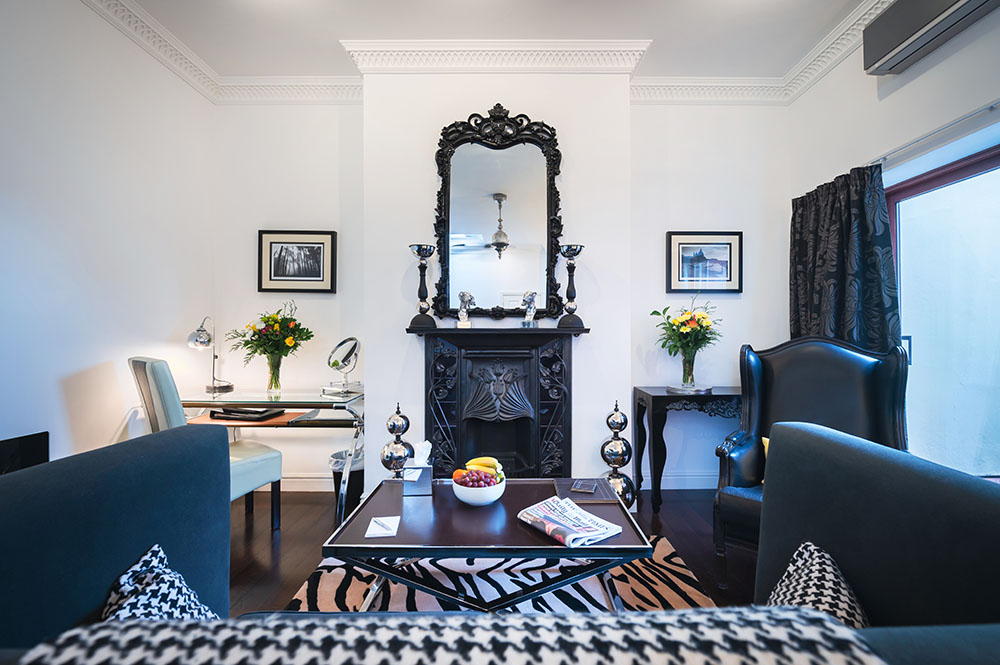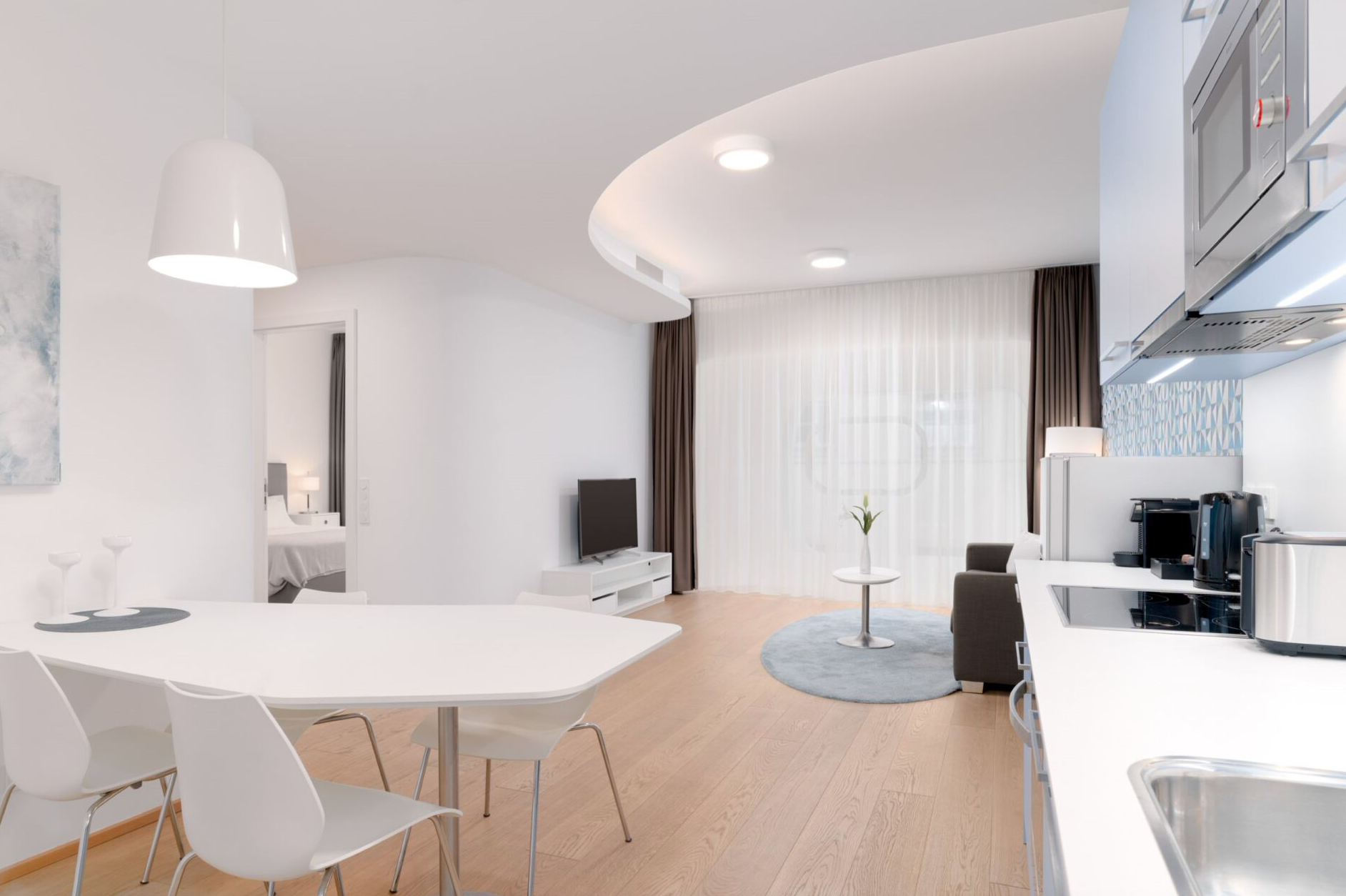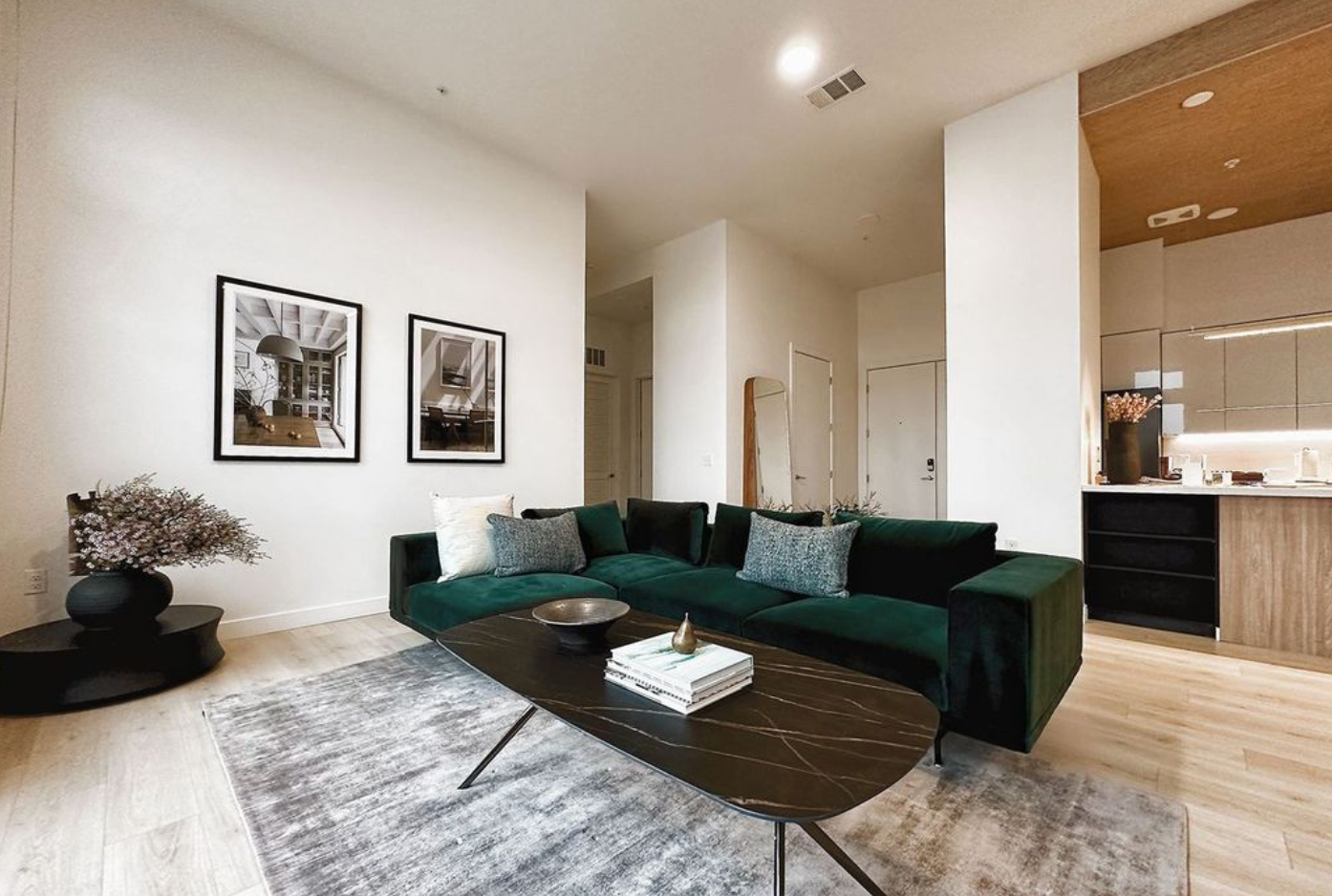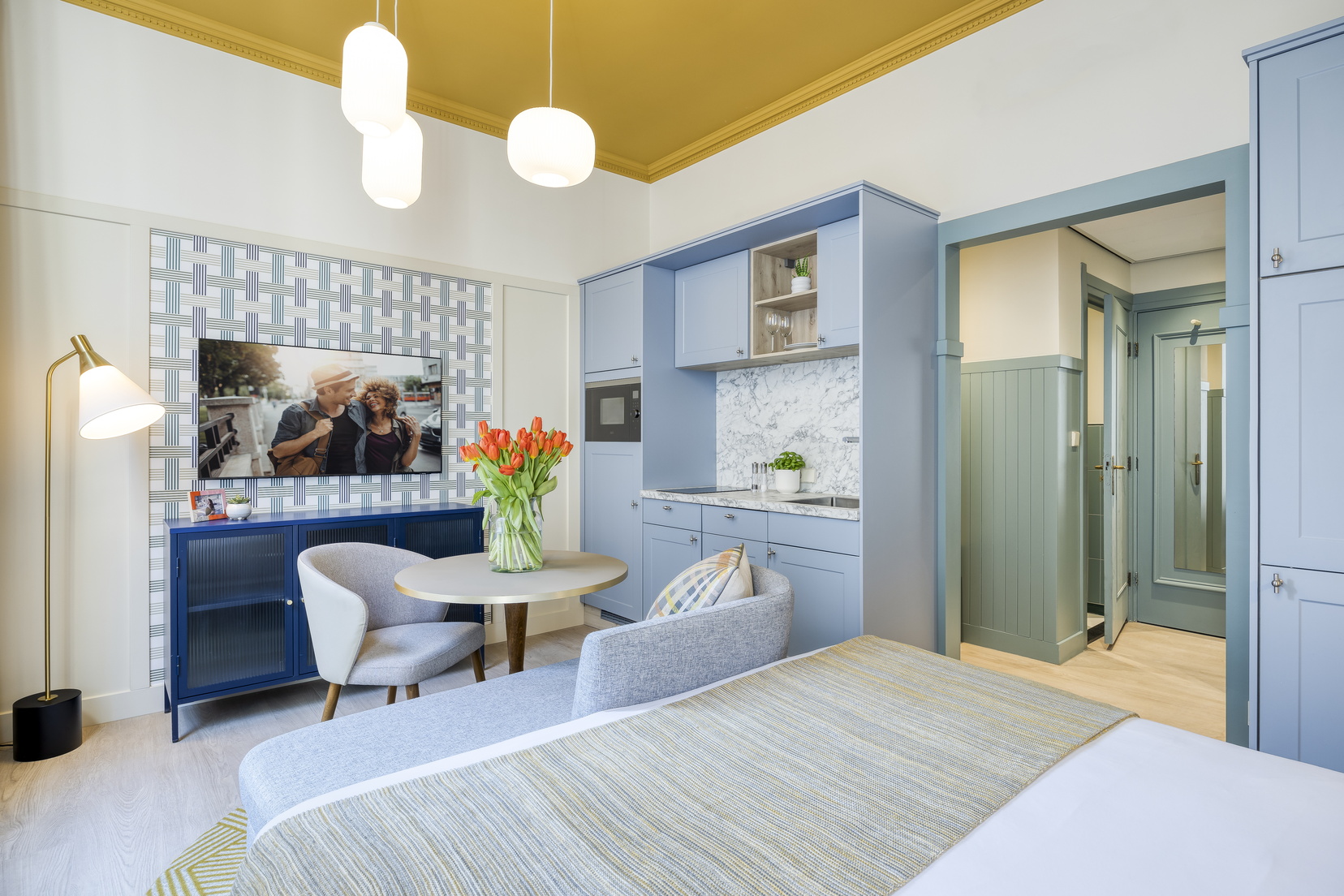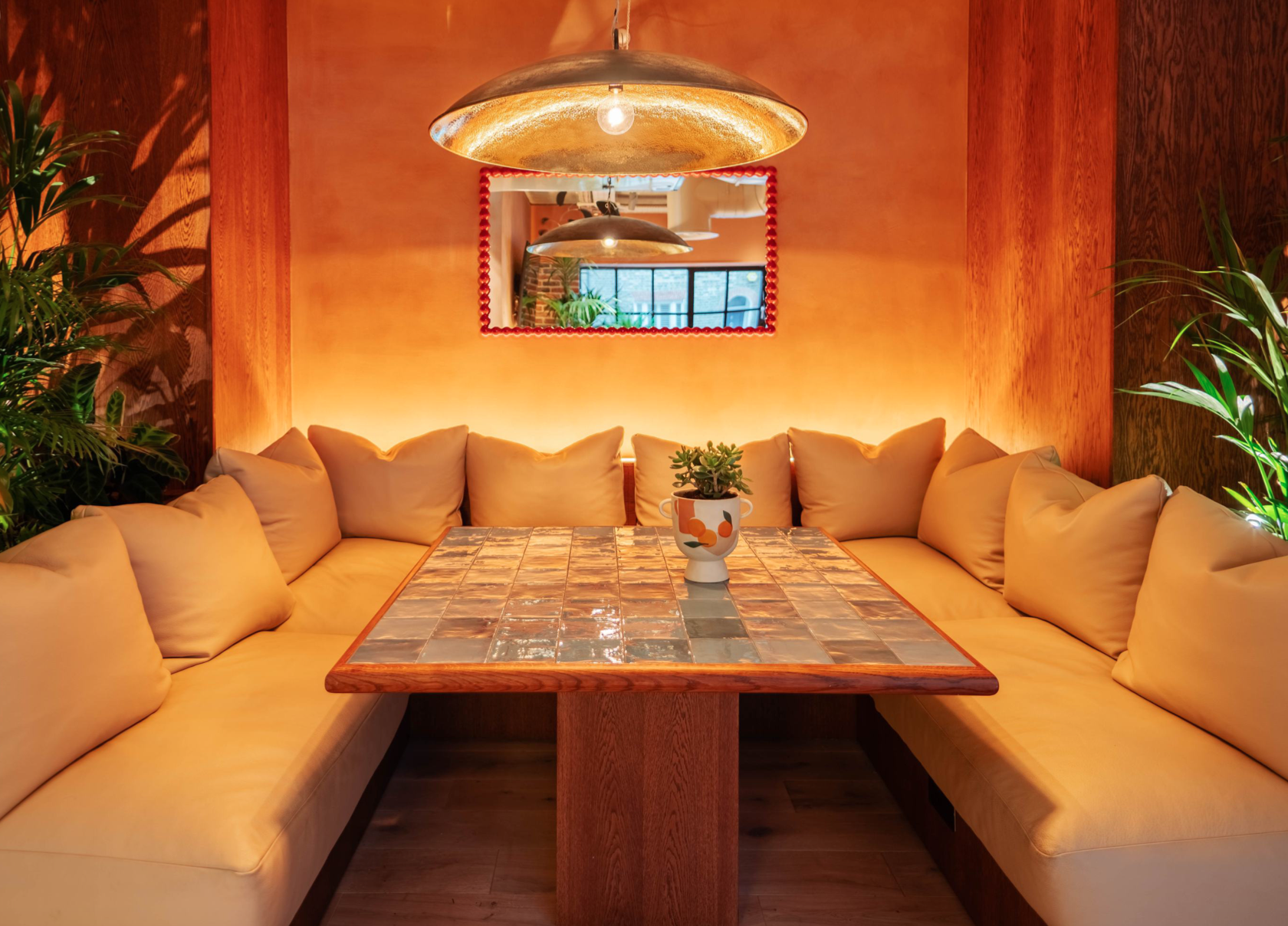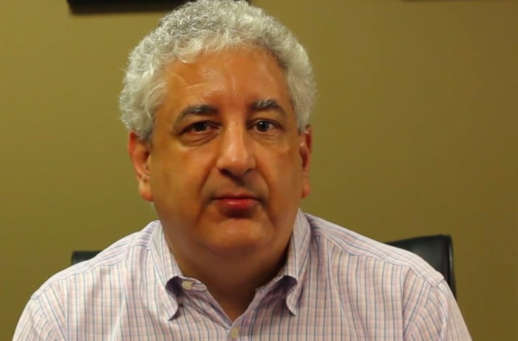
US: CBRE has released its latest analysis for the US extended stay hotel segment.
To evaluate the performance of extended stay hotels in the US, operating data for a sample of 360 upper- and moderate-priced properties that submitted data each year from 2010 through 2017 to CBRE‘s annual Trends in the Hotel Industry survey was analysed. For this, the upper-priced sample consisted of hotels affiliated with extended stay brands in the upscale segment. Moderate priced extended stay hotels are affiliated with brands in the upper-midscale and midscale segments. Economy 2 extended stay hotels were excluded from this analysis to avoid a significant bias in the sample.
In aggregate, the properties in the extended-stay sample achieved compound annual growth rates (CAGR) of 4.8 per cent in total operating revenue and 6.3 per cent in gross operating profits (GOP) from 2010 through 2017. While strong, these growth rates are less than the 4.9 per cent CAGR in revenue and 7.3 per cent CAGR in profits achieved by the entire survey sample inclusive of all property types.
The report predicts that the extended stay sample will continue to achieve significant premiums in both occupancy and profit margins compared to the overall sample. By capturing demand for five or more days, not only are occupancy premiums achieved, but so too are operational efficiencies. Fewer check-ins and checkouts, limited levels of housekeeping services, and a lack of retail food and beverage all lead to the 50.1 per cent GOP margin estimated for the extended-stay hotel sample in 2017.
“Just as we observed differences between the historical performance of extended-stay hotels versus all other property types, we have also seen operating differences between upper-priced and moderate-priced extended-stay hotels,” said Robert Mandelbaum, director of research information services at CBRE Hotels’ Americas Research.
Compared to upper-priced extended stay hotels, the moderate-priced extended stay sample has achieved greater CAGR gains in all major hotel performance metrics since 2010. Greater revenue growth (6.5 per cent CAGR) led to superior increases in profits (9.5 per cent CAGR) at the moderate-priced properties compared to the upper-priced properties. The bulk of the enhanced revenue and profit growth occurred during 2013 and 2014 when occupancy levels at the moderate-priced properties grew by a combined 15.8 per cent.
Also contributing to the superior profit growth for the moderate-priced properties was greater control over expenses. From 2010 to 2017, labour costs per-occupied-room at the moderate-priced sample grew by a CAGR of 1.7 per cent compared to 2.6 per cent for the upper-priced sample. Moderate priced extended stay hotels operate on very limited staffing levels, and typically offer housekeeping services just once a week. Being mostly fixed in nature, labour costs at the moderate-priced extended-stay hotels do not necessarily react in sync with fluctuations in occupancy.
During 2017 occupancy for the upper-priced sample is estimated to have been 80.9 per cent. This is greater than the estimated 78.6 per cent annual occupancy rate for the moderate-priced sample. By achieving a 62 per cent premium in ADR ($146.84 vs $90.56), the upper-priced properties in the sample were enabled to achieve a 69 per cent premium in total operating revenue per-available-room (PAR) during 2017. The greater dollars in revenue also led to a 72.9 per cent enhancement in GOP PAR ($22,408 vs $12,959).
Accounting for the inherent differences in dollars PAR, upper-priced extended-stay hotels also achieved a premium in profit margin. In 2017, the upper-priced sample achieved an estimated GOP margin of 50.3 per cent of total operating revenue. This compares favorably to the 49.2 per cent GOP margin at the moderate-priced properties. While staffing levels are lower at the moderate-priced properties, the higher revenue levels at the upper-priced properties covers the greater labor costs and results in a labor cost ratio 0.5 per cent less than the moderate-priced sample.
CBRE is forecasting the demand for US hotels to increase by approximately two per cent each year through 2022. This implies that economic indicators such as income and employment will continue to remain healthy and generate lodging demand. Given the corporate orientation of most extended stay demand, CBRE says this bodes well for the extended stay lodging segment.


